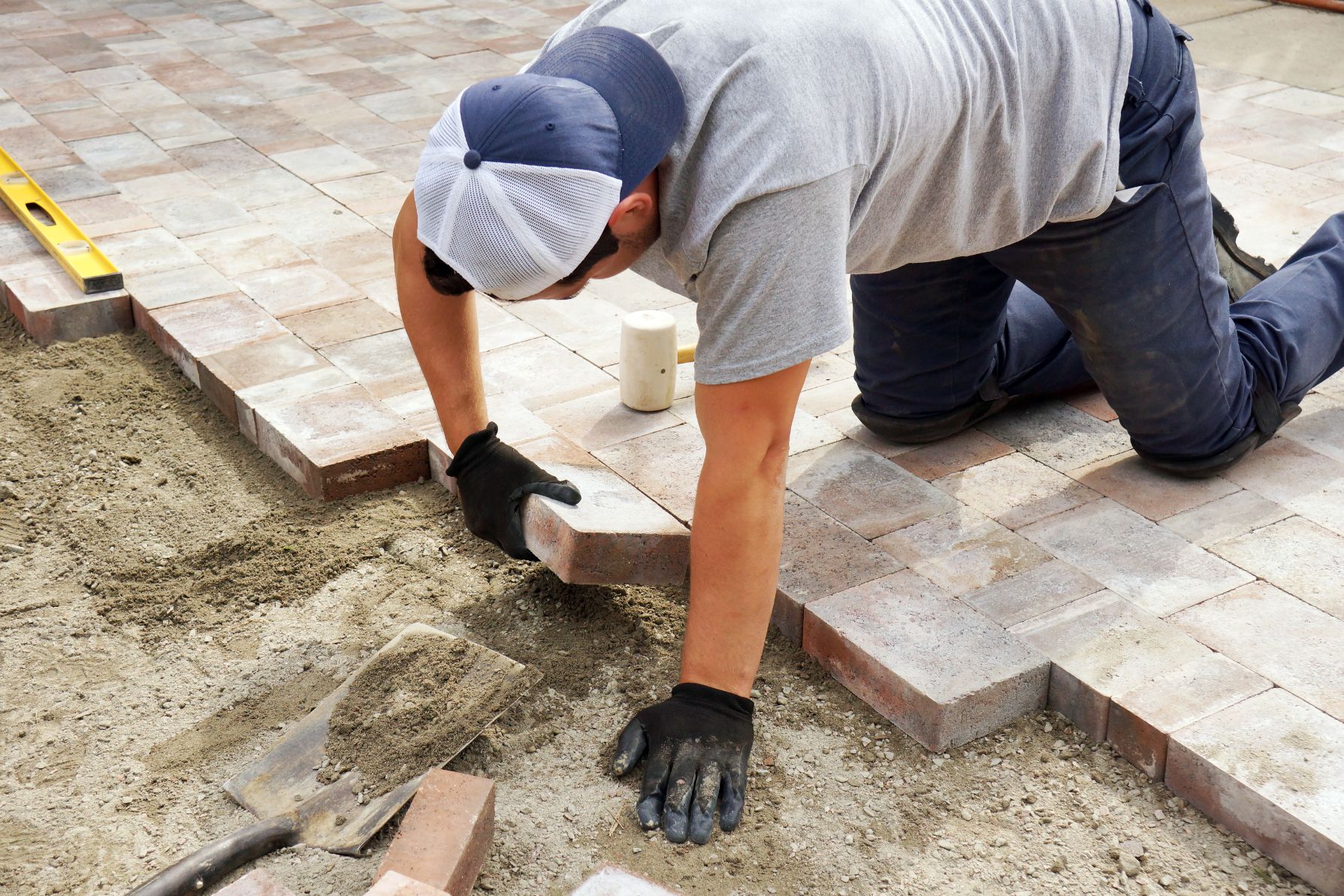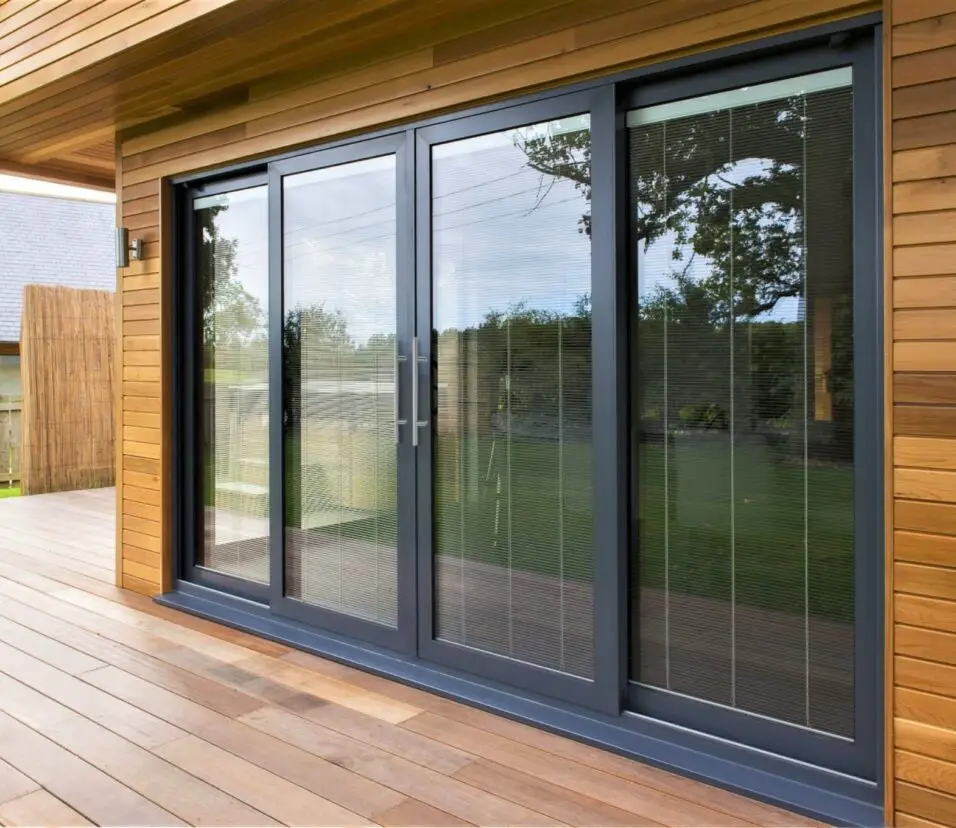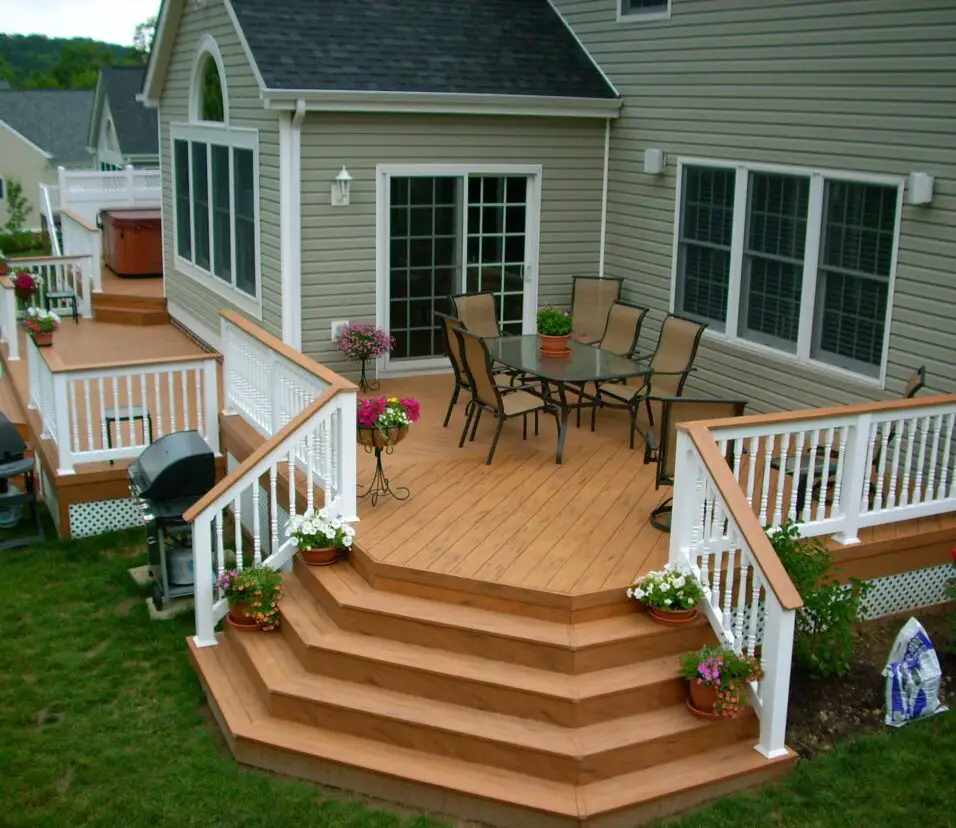How To Install Brick Patio
Introduction
How To Install Brick Patio: Installing a brick patio can be a great way to add beauty and functionality to your backyard. Whether you want a space for entertaining guests or a peaceful retreat for yourself, a brick patio can provide the perfect setting. In this article, we will guide you through the process of installing a brick patio, from planning and preparation to the final touches.
Before you begin the installation process, it is important to carefully plan and prepare for your brick patio. Start by determining the size and shape of your patio. Consider how you will use the space and any specific features you want to include, such as a fire pit or seating area. Measure the area and mark it out with stakes and string to visualize the layout.
Next, you will need to prepare the ground for your patio. Clear away any grass, weeds, or debris from the area. If the ground is uneven, you may need to level it using a shovel or a rented compactor. It is also important to consider drainage when preparing the ground. Ensure that the patio slopes away from your house to prevent water from pooling.
Once you have planned and prepared the area, it is time to gather the necessary materials and tools for your brick patio roof installation. You will need bricks, sand, gravel, and landscape fabric. The type and quantity of bricks you will need will depend on the size and design of your patio. It is recommended to purchase extra bricks to account for any breakage or mistakes.
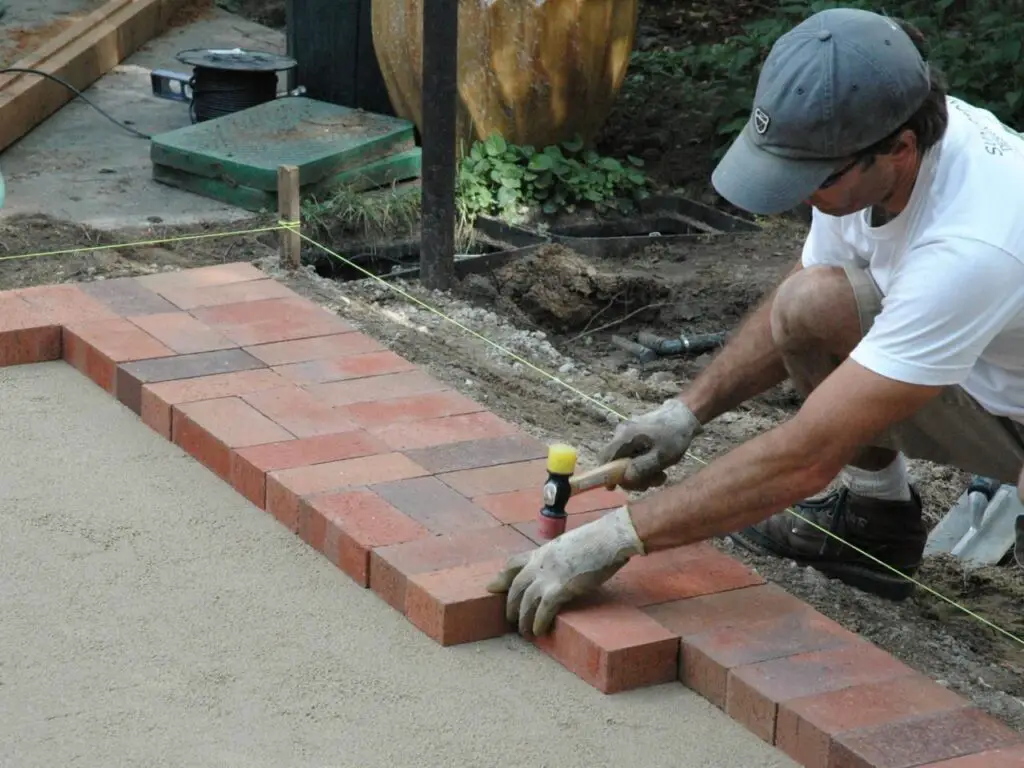
What is the easiest way to lay a brick patio?
When it comes to creating a beautiful outdoor space, a brick patio can be a great addition. Not only does it provide a durable and long-lasting surface, but it also adds a touch of elegance to any backyard or garden. However, the process of laying a brick patio can seem daunting to many homeowners. Fortunately, there is an easy way to accomplish this task and create a stunning patio that you can enjoy for years to come.
The easiest way to lay a brick patio is to use a method called the sand-set technique. This method involves laying the bricks on a bed of compacted sand, which provides a stable base and allows for proper drainage. The first step in this process is to prepare the area where the patio will be located. This involves removing any existing grass or vegetation and leveling the ground to ensure a smooth surface.
Once the area is prepared, the next step is to create a border for the patio. This can be done using wooden stakes and string to mark the desired shape and size of the patio. The border should be slightly larger than the actual patio area to allow for the installation of the edge restraints.
After the border is in place, the next step is to excavate the area within the border to a depth of about 6 inches. This will provide enough space for the sand base and the thickness of the bricks. It is important to remove any rocks or debris from the excavated area to ensure a smooth and level surface.
What do you put under a brick patio?
When building a brick patio, it is important to properly prepare the area before laying the bricks. One crucial step in this process is determining what to put under the brick patio. The material you choose to use as a base can greatly impact the longevity and stability of your patio. There are several options available, each with its own advantages and disadvantages.
One common choice for the base of a brick patio is crushed stone. This material is often used because it provides excellent drainage and helps to prevent the bricks from shifting over time. Crushed stone is typically made from limestone or granite and is available in various sizes. It is important to choose a size that is appropriate for your specific project, as larger stones may not provide the same level of stability as smaller ones.
Another option for the base of a brick patio is sand. Sand is a popular choice because it is easy to work with and provides a level surface for the bricks. However, it is important to note that sand alone may not provide adequate stability for the patio. It is often recommended to use a combination of sand and crushed stone to ensure proper drainage and stability.
If you are looking for a more environmentally friendly option, you may consider using gravel as the base for your brick patio. Gravel is made from crushed rock and is available in various sizes. It provides good drainage and stability, but may not be as level as other options. Additionally, gravel can be more difficult to walk on compared to sand or crushed stone.
How do you install an outdoor patio?
Installing an outdoor patio can be a great way to enhance the functionality and aesthetics of your outdoor space. Whether you want to create a cozy spot for entertaining guests or a peaceful retreat for relaxation, a well-designed patio can transform your backyard into a beautiful extension of your home. However, the process of installing an outdoor patio can be quite involved and requires careful planning and execution.
Firstly, you need to determine the location and size of your patio. Consider factors such as the amount of space available, the layout of your yard, and any existing structures or features that may impact the placement of your patio. It’s important to choose a location that is level and well-drained to ensure the longevity and stability of your patio.
Next, you’ll need to prepare the site for the patio installation. This typically involves clearing the area of any vegetation or debris, leveling the ground, and compacting the soil. Depending on the size and complexity of your patio, you may also need to excavate the area to create a solid foundation.
Once the site is prepared, you can begin the actual installation of your outdoor patio. The specific steps involved will depend on the type of patio material you choose, such as concrete, pavers, or natural stone. For example, if you opt for a concrete patio, you’ll need to create a formwork to contain the concrete, pour and level the concrete mixture, and then finish it with a trowel or broom for texture.
Can you lay brick directly on concrete?
Yes, it is possible to lay brick directly on concrete. This method is commonly known as brick veneer or thin brick installation. It involves attaching a layer of bricks to an existing concrete surface, creating the appearance of a traditional brick wall without the need for a full brick structure.
Brick veneer is a popular choice for both interior and exterior applications. It offers a cost-effective and time-efficient alternative to traditional brick construction. By laying brick directly on concrete, you can achieve the desired aesthetic without the need for extensive foundation work or structural support.
When laying brick directly on concrete, it is important to ensure that the surface is clean, level, and free of any debris. Any imperfections in the concrete can affect the overall appearance and stability of the brick veneer. Therefore, it may be necessary to prepare the concrete surface by filling in any cracks or smoothing out rough areas.
Before starting the installation process, it is recommended to apply a layer of mortar or adhesive to the concrete surface. This will help create a strong bond between the bricks and the concrete, ensuring the longevity and stability of the brick veneer.
Once the adhesive is applied, the bricks can be laid directly on the concrete surface. It is important to carefully align and level each brick to ensure a uniform and professional-looking finish. Mortar can be used to fill in any gaps between the bricks and create a seamless appearance.
How do you lay a patio without cement?
Laying a patio without using cement is a popular alternative for those who prefer a more eco-friendly and sustainable approach. Cement production is known to have a significant impact on the environment due to its high carbon emissions. Fortunately, there are several methods available for laying a patio without cement that are both effective and environmentally friendly.
One option for laying a patio without cement is to use a dry-laid method. This involves laying the patio stones or pavers directly on a compacted base of gravel or sand. The stones are then secured in place using a combination of sand and gravel, which helps to create a stable and level surface. This method is relatively simple and can be done by most homeowners with basic DIY skills.
Another option is to use a polymeric sand. Polymeric sand is a mixture of sand and a special polymer that hardens when exposed to moisture. This type of sand is often used to fill the joints between patio stones or pavers, providing stability and preventing weed growth. To lay a patio using polymeric sand, the stones or pavers are first laid on a compacted base, and then the sand is swept into the joints and wetted to activate the polymer. The sand hardens over time, creating a solid and durable surface.
If you prefer a more natural look, you can consider using grass or moss as a filler between the stones. This method is often referred to as a “”green”” patio and can create a beautiful and unique outdoor space. To lay a patio using grass or moss, the stones or pavers are first laid on a compacted base, and then the gaps between the stones are filled with soil and planted with grass or moss.
What steps are involved in the installation process of a brick patio?
The installation process of a brick patio typically involves several steps. First, you will need to prepare the area where the patio will be installed. This includes clearing the site of any vegetation, leveling the ground, and excavating to the desired depth. Once the area is prepared, you can begin laying the base material and compacting it to create a solid foundation.
After the base material is in place, you can start laying the bricks. It is important to lay them in a pattern that is aesthetically pleasing and allows for proper drainage. Once the bricks are laid, you can fill the gaps with sand and compact it to ensure stability. Finally, you can install the border material and any additional features such as steps or retaining walls.
What steps are involved in the installation process of a brick patio?
Installing a brick patio involves several steps to ensure a successful and long-lasting result. The first step is to plan and design the layout of the patio, taking into consideration the size, shape, and desired pattern of the bricks. Once the design is finalized, the area where the patio will be installed needs to be excavated to a suitable depth, typically around 6-8 inches. This will allow for proper drainage and a stable base for the bricks.
After excavation, a layer of gravel or crushed stone should be spread evenly over the excavated area. This layer acts as a base for the patio and helps with drainage. It is important to compact the gravel layer to ensure stability. Next, a layer of sand is spread over the compacted gravel. The sand should be leveled and smoothed using a screed board or a long, straight piece of wood. This creates a level surface for the bricks to be laid on.
Are there any specific tools required for installing a brick patio?
A brick saw, which cuts bricks to size and shape, is essential. A brick saw is needed for clean, precise cuts on curved or slanted edges. An brick hammer and chisel are needed to break bricks or remove defective ones during installation.
Another essential item is a rubber mallet, used to level and align bricks. Spreading mortar or sand between bricks and levelling the surface requires a trowel. A level is needed to level the patio, and a tape measure is needed to measure the bricks and patio.
A wheelbarrow for moving supplies, a brush for sweeping up sand or mortar, and gloves and goggles may also be needed. Having all the tools before installing ensures a smooth and efficient project.
Are there any important considerations or precautions to keep in mind when installing a brick patio?
When installing a brick patio, there are several important considerations and precautions to keep in mind to ensure a successful and long-lasting installation. Firstly, it is crucial to properly prepare the area where the patio will be installed. This includes removing any existing vegetation, leveling the ground, and ensuring proper drainage. Failure to adequately prepare the area can result in uneven settling of the patio and potential water damage.
Another important consideration is the choice of bricks. It is essential to select high-quality bricks that are suitable for outdoor use and can withstand the elements. Additionally, it is important to choose the right type of mortar for the project, as using the wrong type can lead to cracking and deterioration over time. It is also recommended to use a brick sealer to protect the patio from stains and moisture.
When installing the bricks, it is important to follow proper installation techniques. This includes ensuring proper spacing between the bricks for expansion and contraction, as well as using a level to ensure the patio is even and properly sloped for drainage. It is also important to take safety precautions, such as wearing protective gloves and eyewear when working with bricks and mortar.
Are there any recommended techniques or tips for achieving a professional-looking brick patio installation?
Yes, there are several techniques and tips that can help you achieve a professional-looking brick patio installation. Firstly, it is important to properly prepare the area before starting the installation. This includes clearing the site of any debris, leveling the ground, and ensuring proper drainage. A solid and level base is crucial for a professional-looking patio.
When laying the bricks, it is important to use a consistent pattern and maintain straight lines. This can be achieved by using string lines and a level to guide the placement of each brick. Additionally, using a brick saw or chisel to cut bricks to fit the desired shape can help create a clean and polished look.
Another tip is to use a high-quality mortar mix and follow the manufacturer’s instructions for mixing and applying it. Properly filling the gaps between the bricks with mortar and ensuring even spacing will contribute to a professional finish. Lastly, regularly cleaning the bricks during the installation process and sealing the finished patio will help maintain its appearance and durability over time.
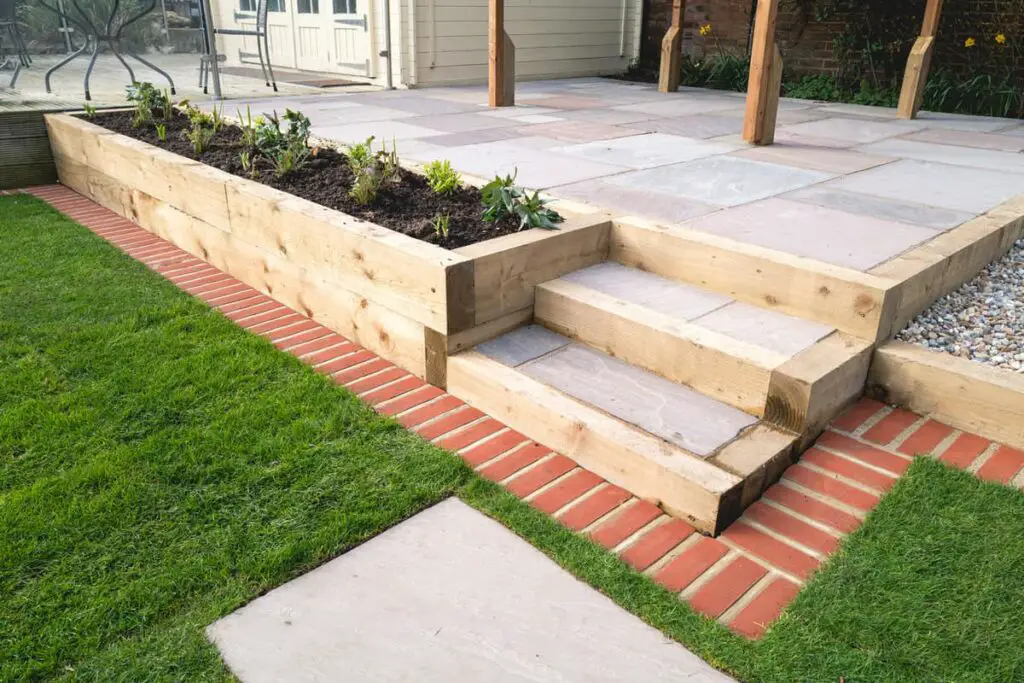
Conclusion
Installing a brick patio can be a great way to enhance the beauty and functionality of your outdoor space. Whether you want to create a cozy seating area or a space for outdoor dining, a brick patio can provide a durable and attractive surface. However, the installation process can be a bit daunting if you’ve never done it before. Fortunately, with the right tools and a little bit of know-how, you can successfully install a brick patio.
The first step in installing a brick patio is to plan out the design and layout. Consider the size and shape of your space, as well as any existing features or obstacles that may need to be worked around. You’ll also want to think about the type of bricks you want to use and any additional materials, such as sand or gravel, that may be needed.
Once you have a plan in place, you’ll need to prepare the area where the brick patio will be installed. This typically involves removing any existing vegetation or debris and leveling the ground. You may also need to dig a shallow trench to create a stable base for the bricks.
Once all of the bricks are in place, fill the gaps between them with sand or mortar. This will help to stabilize the bricks and prevent them from shifting over time. Finally, use a broom to sweep away any excess sand or mortar and give the patio a finished look.



